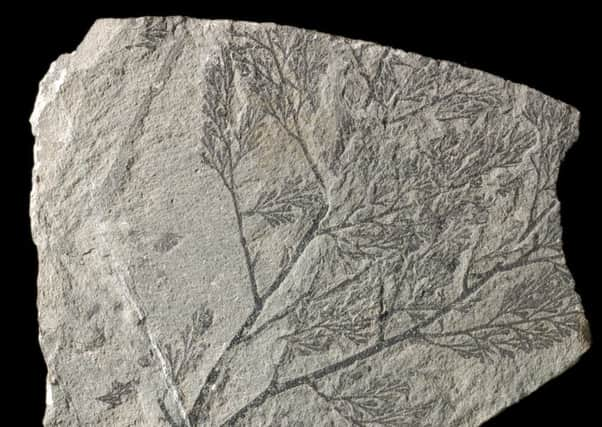Midlothian's 100 Objects - Fossil of a fern from Straiton


It is part of the British Geological Survey’s Biostratigraphy Collection
The fossil content of the Burdiehouse limestone includes plants such as this Sphenopteris, fish and ostracods and is thought to be a freshwater or estuarine deposit.
Advertisement
Hide AdAdvertisement
Hide AdMany fern-like fronds were common in Lower Carboniferous rocks and, because most are fragmentary, precise identification is extremely difficult and impossible in some cases.
The Carboniferous period lasted from about 359.2 to 299 million years ago. It was during this time that swamps produced coal for which Midlothian became famous.
The limestone industry was a major employer for the Loanhead area in the 18th century. During this time the coal industry began to expand and shale was also mined between Loanhead and Burdiehouse.
Limestone can be used a building material and in the manufacturing of iron. Glass is produced when it is heated and mixed with sand and sodium carbonate.
We’d love to feature your favourite Midlothian object.
You can email a photo and details to [email protected]